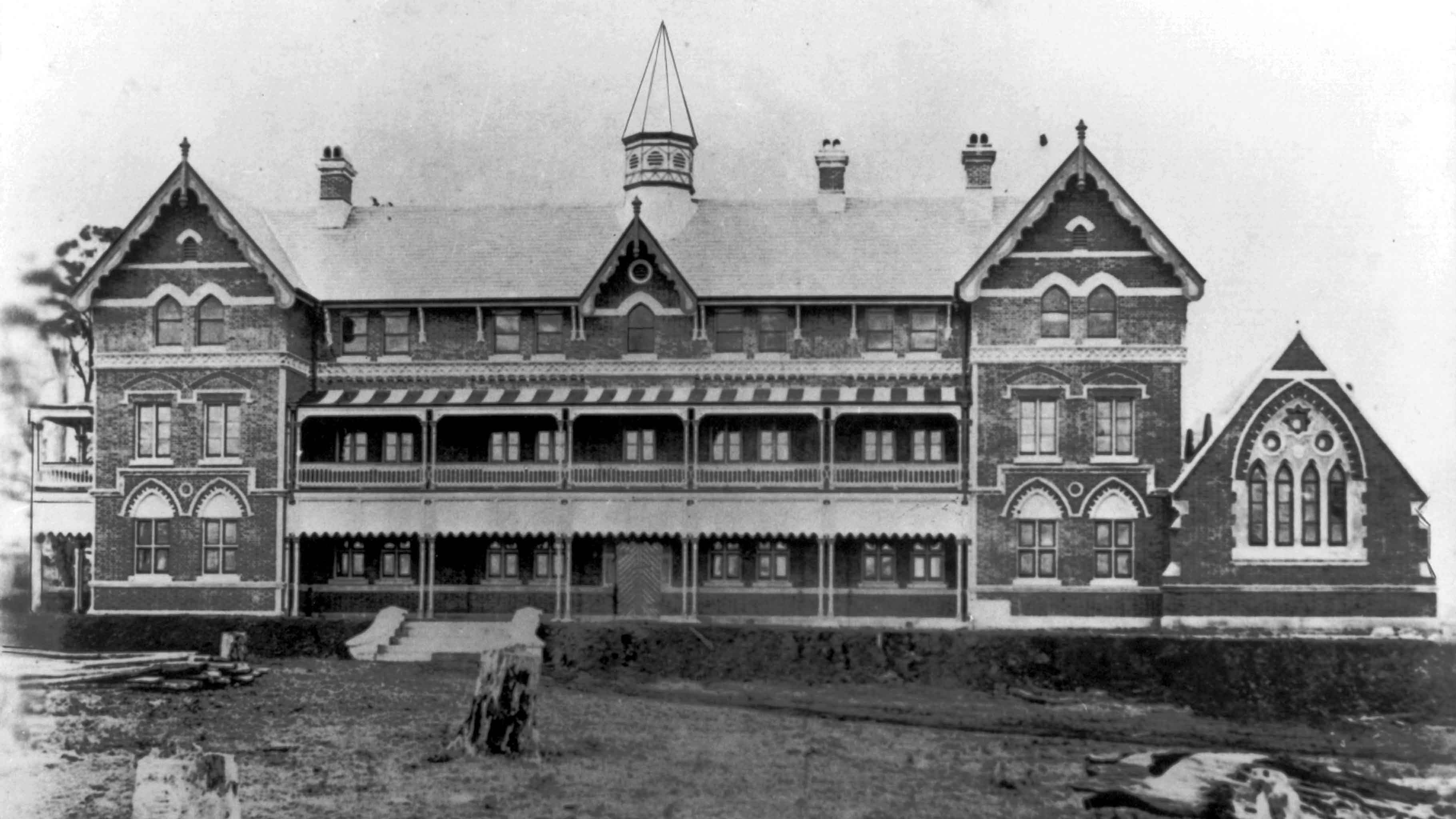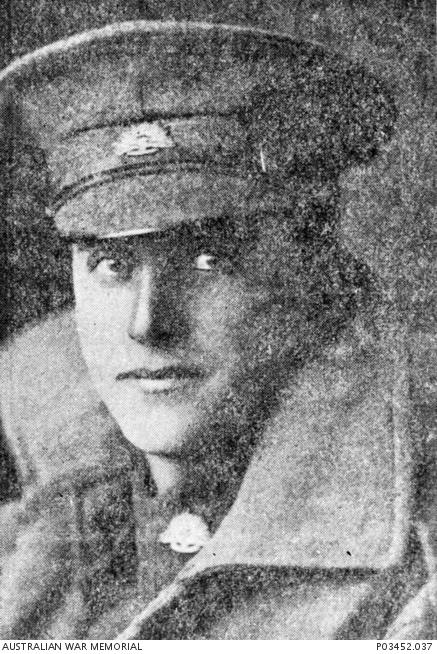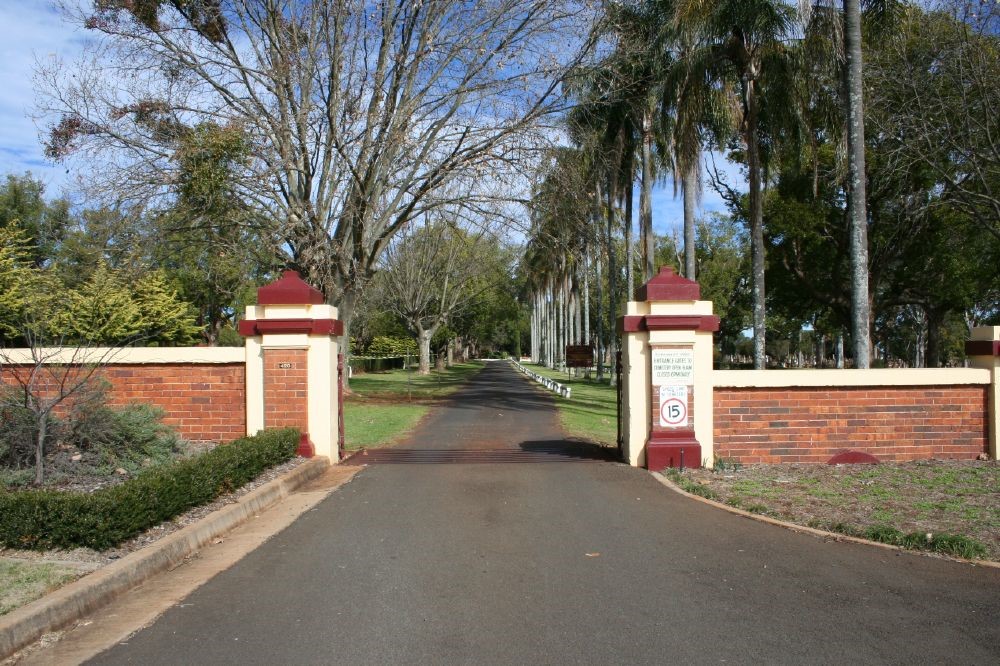Ronald King Somerset Alford had family connections in several parts of Queensland, but there were numerous strong associations with Toowoomba, not the least of which is the Alford plot at Drayton and Toowoomba Cemetery, where Ronald was laid to rest. He attended the Toowoomba Grammar School, graduating in 1915. He enlisted in Brisbane giving his occupation as grazier. His father Henry King Alford was NOK, living on “Corfield” station via Townsville. The Archives hold a leave form before his embarkation for Europe that states his home as Warwick in Queensland. He made his sister Linda Mary Alford, of Toowoomba, the sole beneficiary of his will before he embarked for overseas in 1917.
Ronald Alford stated he was 21 years and 6 months old when he enlisted on 1 August 1917, but he was actually about two years younger. He was a healthy young man, of “good physical development”, 5’10” tall, weighing 135 pounds. He had a fair complexion and blue eyes, with light brown hair. He gave Church of England as his religious affiliation.
A posting to the field engineers led to his transfer south for training rather than to Enoggera. He was based at Moore Park in Sydney and then was embarked on the transport A71 Nestor out of Melbourne for Egypt on 22 November 1917. After more training and allocation at Suez, he arrived at Southampton on 30 January 1918. He was “marched in” the same day as one of the “August Reinforcements” of the 10th Field Company of Engineers.
Ronald Alford’s willingness to volunteer and fight for his country now took a tragic turn. He was destined never to see the front-line in France. Within a few days of his arrival in England he was admitted to the military hospital at Parkhouse with influenza. After a few more days he was diagnosed with rheumatic fever. His condition deteriorated steadily in the following months. By early April his medical report states, “acute rheumatic fever for 7 weeks, tired and short of breath.” There were worrying signs of heart problems.
In July army doctor, Major Stephens AAMC, assessed Ronald Alford as “permanently unfit, general service; temporarily unfit, domestic service.” The decision was made to return him to Australia. He embarked again, this time described as “invalid”, for Australia on 24 August 1918, and arrived in Sydney almost two months later. He was medically discharged from the AIF on 30 October. His discharge states that he had severe rheumatic fever “attributable to service”. The Archives record that he died in Toowoomba on 7 December 1918, officially aged 22, but his headstone says 20. He had survived less than six weeks after his return from Europe. He is buried at the Drayton and Toowoomba Cemetery (grave CE Old 1.2.28, GRM/4), in the family plot with his parents Henry and Augusta, who both outlived him by many years.
There were several exchanges the following year between his family and the army regarding his will. Sadly, these exchanges were dealt with by the Deceased Section of the Base Records Office in Melbourne. Ronald Alford’s family received home from the war a broken young man who had never seen battle, but who also paid the supreme sacrifice for his country.
Toowoomba Grammar School archives state that Ronald started at the school on 5th October 1908 and left on 16th December 1911. The School Magazine of May 1919 states the following: ‘Old Boys and the War. The Last to Fall. Three names have been added to the list of those whose lives the war has claimed. In the last issue the total had reached 52. We print photos of four, one of whom (W. M. Longwill) was on our last list. The three others are :- ALFORD, RONALD, K., Gunner.-At School, 1910-12. Was invalided home and died after returning, Dec. 7th, 1918, age 20. Son of Mr. and Mrs. R. Alford of St. Audries, Toowoomba.’
Ronald Alford is buried in the family plot in the Toowoomba Cemetery, close to the location of the grave sites of the Toowoomba War Cemetery.





